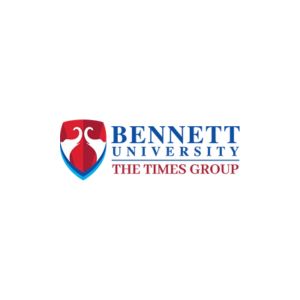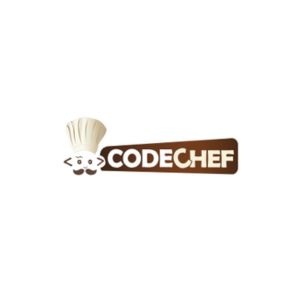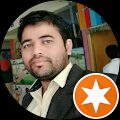Electronics and Communication Engineering
About theDepartment
Department of Electronics and Communication Engineering (ECE) is established in the year 1999 and is accredited by NBA in 2010. The department efforts to be in the forefront of advances in Electronics and Communication Engineering education, to motivate the budding engineers to face the future challenges. The Department takes up the task to educate engineers for Indian & Global opportunities while also preparing them for future leadership roles in industry through a three-fold mission in Teaching, Research and Application which is reflected in the departments operations. The team of expert faculty has created a reputation for the Department as one of the best for Electronics & Communication education. The teaching, learning process focuses on research using hands on learning approach, in tune with the latest technology trends besides the department has been recognized as one of the major growth engines of the college and has created a wide range of successful careers for ECE students.

Vision
The Electronics & Communication Engineering department intends to be a leader in creating the high quality engineers in the field of electronics and associated technologies to cater to national and global technological needs promoting the human prosperity and well being.

Mission
- Providing an infrastructural and conducive environment to the students, faculty and researchers for attaining domain knowledge and expertise in electronics & communication engineering.
- Enable the students to develop into outstanding professionals with high ethical standards capable of creating, developing and managing global engineering enterprises.
- Inculcate the spirit of lifelong learning by interacting with outside world and strengthen professional, communication skills.
Highlights of theDepartment
- Accredited by National Board of Accreditation
- MOU with National Instruments,Microchip,ARM University Program,Cypress Semiconductors,CISCO,Metronix,Sapient Systems,Eduvance for training ,Certification and Placements.
- Emphasis on Outcome Based Education & Project Based Teaching methodology Best Faculty Team with wide experience and domain expertise
- Labs equipped with NI LabVIEW, ARM & PSoC, CADENCE, Mentor Graphics, CISCO and MATLAB Toolboxes, Xilinx ISE, etc.
- Department library with e-Journals and video lectures.
- Strong Academic and Industry Interaction.
- State of the art curriculum.
- Global Certification Programs.
- Operative Student Professional Chapters.
- Personality Development and Soft Skills Training.
- Logical Reasoning and Quantitative Aptitude Training.
- Annual Technical and Cultural Fests.
- Strong Alumni Base
ProgramsOffered
- B.Tech (ECE): Intake – 240
- M.Tech (Embedded System): Intake – 24
Head of theDepartment

Dr.M. Rajendra Prasad
M.E, Ph.D
- 23 Citations Affirmed
- 12 Papers Published
- 45 Workshops Attended
- 21 Consultancy Projects













































